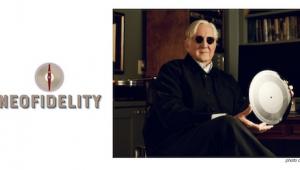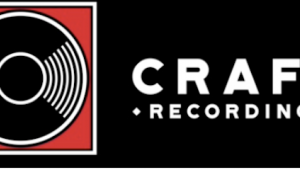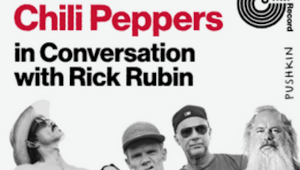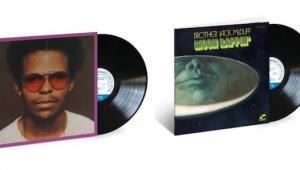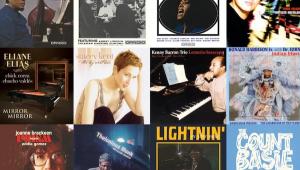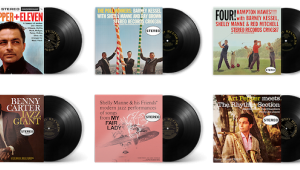"The Man Who Sold The World" File Identities Revealed!
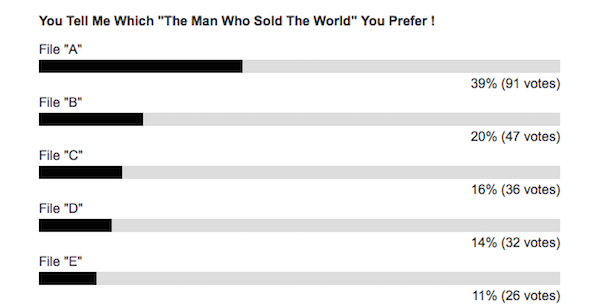
The opinions and perceptions were all over the sonic map, which I think resulted from a combination of listener bias/sonic preferences, and the gear used for listening.
My main concern though, is that what might have happened is that inexperienced listeners used "File A" as the baseline against which they evaluated the others.
This is sort of what happens when speaker switching boxes are used to demonstrate a wall of loudspeakers: the brightest becomes the benchmark, because the ear gravitates towards 'bright'. Speaker designers know this and so the cynical ones tip up the top end to draw the consumer moth to the mesmerizing brightness flame. I think that because File "A" is clearly the brightest, so perhaps I should have located that file somewhere in the middle of the pack.
Whatever the cause, the results mystify me, though some of the associated comments are "spot on".
So:
File "A" is the Rykodisc digitally remastered version, my least favorite, but the results here are sure to make Dr. Toby Mountain happy.
File "B" is the Japanese reissue
File "C" is the Mercury original
File "D" is the new box set reissue
File "E" is the 1971 UK reissue
I found astute a few of the comments posted below the original "vote" story, mainly because they agree with what I heard!
The new reissue didn't fare all that well, which doesn't surprise me, but what does is that the 1971 UK reissue finished in dead last place!
Yes, something is lost digitizing AAA vinyl, which puts the purely analog records at somewhat of a disadvantage in that it levels the field to a certain extent, when I compared the files, I thought they comported well with my "live playback" findings. Apparently many of you did not agree with my conclusions.




